What is Classed as Lifting Equipment?
As industries evolve, the proper selection and usage of lifting equipment becomes critical for ensuring safety, enhancing productivity, and optimizing operations.
Lifting equipment is a broad term that encompasses a variety of devices, tools, and machinery designed for elevating, moving, and positioning heavy loads safely and efficiently. This article explores what is classed as lifting equipment, delving into the definitions, categories, and applications of these essential tools. In this comprehensive guide, we will not only define and classify lifting equipment but also examine specific examples—including lifting clamps, vacuum lifters, slab lifter , scissor lifter, and ratchet tie down traps—within the broader context of material handling and the material handling industry.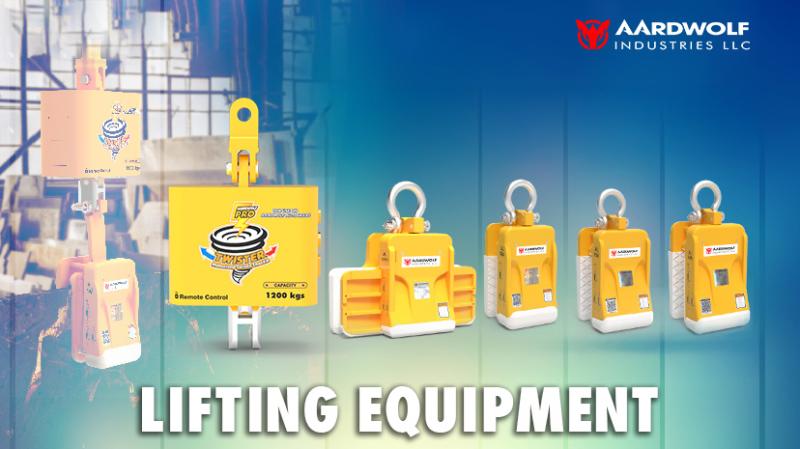
Understanding Lifting Equipment
Lifting equipment refers to any apparatus used to raise or lower loads, as well as to move them horizontally or vertically. The term covers a wide array of devices from simple manual hoists and clamps to complex, automated cranes and lifters. The primary goal of lifting equipment is to increase efficiency and enhance safety during the transportation of heavy or unwieldy objects.
Why Lifting Equipment Matters
The proper use of lifting equipment is critical in various industries—ranging from construction and manufacturing to warehousing and logistics. It not only streamlines operations but also minimizes the risk of injuries and damage by reducing the need for manual handling. In sectors like material handling, the integration of specialized lifting devices is a key factor in ensuring smooth operations and safeguarding personnel.
Defining the Scope of Lifting Equipment
What Qualifies as Lifting Equipment?
Lifting equipment is any device that is specifically designed and manufactured to perform lifting operations. This includes machinery used for vertical, horizontal, or combined movements of loads. The classification of lifting equipment generally depends on factors such as load capacity, operational environment, and the type of materials to be lifted. Devices such as lifting clamps and vacuum lifters are specifically engineered to address unique lifting challenges, ensuring that various materials and heavy items can be handled safely.
Categories and Classifications
Lifting equipment can be divided into several categories based on its functionality and design:
-
Manual Lifting Equipment: Includes devices such as hoists and hand-operated clamps.
-
Mechanical Lifting Equipment: Incorporates motorized devices like electric hoists, forklifts, and cranes.
-
Hydraulic Lifting Equipment: Uses hydraulic systems to move loads, often found in scissor lifts and jacks.
-
Specialized Lifting Equipment: Designed for particular tasks, such as vacuum lifters that use suction to lift delicate or large flat objects.
These classifications help organizations choose the most appropriate equipment for their specific needs and ensure that safety protocols are met.
Examples of Lifting Equipment
Understanding the various examples of lifting equipment available in the market can help companies and operators choose the right tools for their operations. Below are detailed explanations of several common types of lifting equipment along with their applications.
Lifting Clamp
Lifting clamps are versatile devices used to grasp and secure heavy items during lifting operations. They are commonly utilized in metal fabrication, construction, and industrial workshops where precision and reliability are essential. Lifting clamps provide a safe method for holding irregularly shaped objects and can be configured in various designs to accommodate different load requirements.
Vacuum Lifter
A vacuum lifter employs negative pressure to adhere to smooth surfaces, such as glass panels, metal sheets, or large display boards. This equipment is particularly useful in environments where the surface integrity of the object must be maintained—ensuring a damage-free lifting process. Vacuum lifters are widely used in industries such as automotive manufacturing, electronics assembly, and construction.
Slab Lifter
When it comes to handling heavy, flat items like concrete or stone slabs, a slab lifter becomes an indispensable tool. Slab lifters are designed to distribute the weight of a slab evenly, minimizing the risk of damage during transport and installation. They are especially popular in the construction industry, where large, cumbersome materials require precision and stability during movement.
Scissor Lifter
Compact and efficient, the scissor lifter is designed for vertical movements in confined spaces. Using a scissor mechanism, these lifters offer reliable elevation with a small footprint, making them ideal for industrial warehouses and manufacturing plants where space is at a premium. Their robust construction and ease of operation have made them a staple in material handling solutions.
Ratchet Tie Down Traps
Often referred to as ratchet tie down traps, these devices are more accurately known as ratchet tie down straps. They are used to secure loads, ensuring stability during transport or while the load is suspended. Whether used in tandem with other lifting equipment or as a standalone solution, ratchet tie down straps play a crucial role in preventing movement and ensuring that loads remain fixed during the lifting process.
Gantry Crane
A gantry crane is one of the most robust examples of lifting equipment. Gantry cranes feature a structure that straddles the object or area to be lifted, making them particularly effective in outdoor or heavy-duty industrial settings. They are capable of lifting enormous weights and are widely used in shipyards, construction sites, and large-scale manufacturing operations. Their design provides stability, flexibility, and the capacity to handle a variety of load types.
Jib Crane
In scenarios where movement within a limited area is crucial, a jib crane offers an ideal solution. Jib cranes consist of a horizontal arm that is fixed to a wall or pedestal, enabling the operator to move heavy loads within a defined radius. These cranes are particularly popular in workshops and maintenance areas, where precision lifting and placement of components are required.
The Role of Lifting Equipment in Material Handling
Integration with Material Handling Systems
Lifting equipment is a critical component of the broader material handling system. This industry involves the movement, storage, control, and protection of materials throughout the manufacturing and distribution processes. The effective integration of lifting equipment, such as lifting clamps, vacuum lifters, and various crane systems, directly impacts the efficiency and safety of material handling operations.
Advanced material handling equipment combines mechanical and digital technologies to streamline workflows. For instance, the use of automated systems in gantry cranes and jib cranes has revolutionized how factories and warehouses operate. The integration of lifting equipment into these systems is essential for ensuring precise control and enhanced safety when handling material.
Impact on the Material Handling Industry
The material handling industry continues to evolve with technological advancements and innovative solutions that meet the dynamic needs of modern production environments. Leading material handling companies invest heavily in research and development to produce equipment that not only increases efficiency but also promotes operator safety. The rise of smart sensors, remote monitoring, and automated control systems has further improved the capabilities of lifting equipment, making them indispensable in handling material effectively.
As businesses strive for operational excellence, the role of lifting equipment in the overall material handling process cannot be understated. By adopting state-of-the-art lifting devices, companies ensure that their operations remain competitive, cost-effective, and aligned with the highest safety standards.
Safety and Maintenance of Lifting Equipment
Safety Considerations
Ensuring that lifting equipment is used safely is paramount. Operators must undergo rigorous training to understand the operational limits and safety features of each piece of equipment. Some key safety practices include:
-
Regular Inspections: Conduct frequent inspections and maintenance checks to identify any wear or potential failures.
-
Load Testing: Always adhere to specified load capacities to prevent overloading and equipment failure.
-
Proper Training: Ensure that staff are fully trained in operating equipment such as lifting clamps, vacuum lifters, and gantry cranes.
-
Secure Setup: Use reliable methods such as ratchet tie down straps to secure loads during the lifting process.
These measures help create a safe working environment, reducing the risk of accidents and prolonging the lifespan of the equipment.
Maintenance Best Practices
Preventive maintenance is essential for the longevity and efficiency of lifting equipment. Routine maintenance procedures include:
-
Lubrication of Moving Parts: Regularly lubricate mechanisms like the hinges in scissor lifter to ensure smooth operation.
-
Component Replacement: Replace worn-out parts promptly to avoid unexpected downtime.
-
Calibration: Ensure that all sensors and measuring devices in automated equipment are accurately calibrated.
-
Documentation: Keep thorough records of maintenance and inspection schedules to track the performance and upkeep of each unit.
By implementing a proactive maintenance strategy, businesses can avoid costly repairs and ensure that all lifting equipment remains in optimal working condition.
Choosing the Right Lifting Equipment
Factors to Consider
When deciding what is classed as appropriate lifting equipment for your specific needs, several factors must be assessed:
-
Load Capacity and Size: Identify the maximum weight and dimensions of loads commonly handled within your operations.
-
Material Type: Consider whether the materials are delicate, heavy, or awkwardly shaped. For example, delicate surfaces might require a vacuum lifter, while heavier items may necessitate a robust lifting clamp.
-
Operational Environment: Evaluate whether the equipment will be used indoors or outdoors. A gantry crane may be better suited for outdoor, heavy-duty scenarios, while a scissor lifter might be ideal for a controlled indoor environment.
-
Mobility and Flexibility: Determine if the equipment needs to be repositioned frequently. Mobile solutions like jib crane provide flexibility for tasks that require precision within a confined area.
-
Cost and Maintenance: Consider both the initial investment and the ongoing maintenance costs. High-quality equipment often provides enhanced durability and reliability in the long run.
Evaluating Material Handling Needs
In addition to selecting the right device, it is crucial to integrate lifting equipment into your overall material handling strategy. Efficient material handling requires synergy between various components, including automated systems, operator training, and preventive maintenance schedules. The seamless operation of these systems not only enhances productivity but also creates a safer working environment.
For an in-depth understanding of how specialized equipment affects overall material movement, consult resources on material handling. This information can help you devise comprehensive strategies tailored to your specific operational needs.
Future Trends in Lifting Equipment
Technological Advancements
The lifting equipment industry is rapidly evolving, with technology playing a major role in shaping future trends. Some of the key technological advancements include:
-
Automation and Robotics: The integration of robotics and automated control systems in cranes and lifts is streamlining operations and increasing precision.
-
Smart Sensors: Modern lifting equipment is increasingly equipped with smart sensors to monitor load weight, alignment, and movement in real time, enhancing both safety and efficiency.
-
Remote Monitoring: With improved connectivity, operators can monitor and control lifting operations remotely, ensuring quick responses to any operational deviations.
-
Energy Efficiency: Innovations aimed at reducing power consumption while maximizing lift capacity are becoming increasingly common, contributing to a more sustainable industrial operation.
Impact on the Material Handling Industry
Advances in lifting equipment technology are directly influencing the broader material handling industry. Companies are rapidly adapting to incorporate these innovations, thereby improving operational throughput and reducing downtime. As the technology evolves, material handling companies are expected to deliver even more integrated solutions that combine advanced lifting equipment with digital control systems and predictive maintenance tools. This shift not only improves safety but also contributes to lower operational costs over time.
Conclusion
In summary, lifting equipment encompasses a wide variety of devices—from lifting clamps, vacuum lifters, and slab lifters to scissor lifters and powerful crane systems such as the gantry crane and jib crane. But what is classed as lifting equipment? Essentially, it is any apparatus engineered for the safe elevation, movement, and placement of loads, while meeting rigorous safety standards. These devices are integral to the field of material handling, ensuring that every operation—from simple manual lifts to complex automated processes—runs smoothly and securely.
Businesses across industries rely on the latest innovations in lifting equipment to not only meet operational demands but also to adhere to strict regulatory and safety guidelines. Whether you are a part of a well-established material handling company or a business looking to improve efficiency and safety, selecting the right type of lifting equipment is crucial. With proper operator training, diligent maintenance, and a focus on technological advancements, companies can ensure that their material handling processes are both effective and secure.
As the material handling industry continues to advance, integrating state-of-the-art lifting equipment into your operations will be critical for long-term success. By understanding what is classed as lifting equipment and carefully evaluating your specific needs, you can make informed decisions that enhance operational efficiency, safety, and competitiveness.
Embrace the evolution of lifting technology, from robust lifting clamps to sophisticated crane systems, and invest in equipment that will support the growth and sustainability of your operations. With proper planning and the right tools, your organization will be well-equipped to tackle the challenges of modern industrial demands while maintaining a safe and productive work environment.
By exploring the definition, classification, and wide range of examples of lifting equipment, this article provides a detailed guide on what is classed as lifting equipment. With the integration of advanced technologies and rigorous safety protocols, lifting equipment not only supports everyday material handling tasks but also drives innovation and efficiency throughout the industrial landscape.




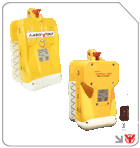
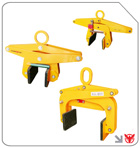
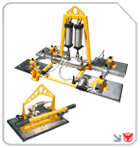
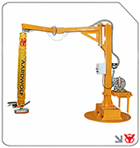
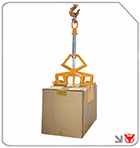
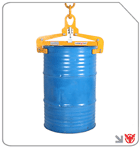
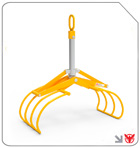
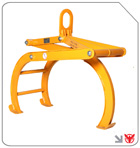
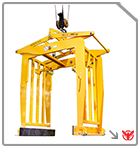
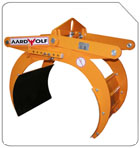
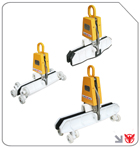
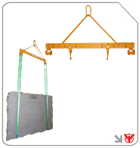
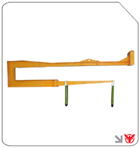
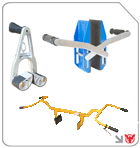
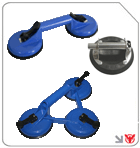

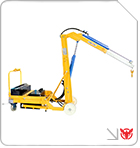
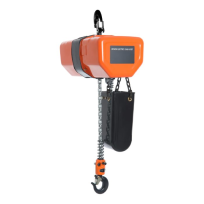
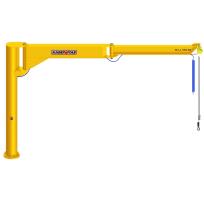
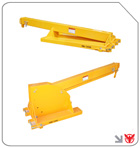
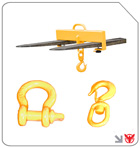
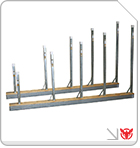
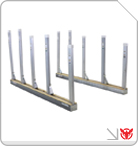
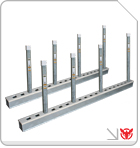
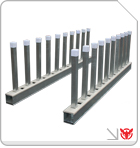
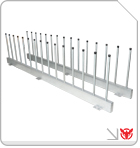
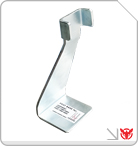
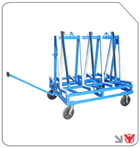
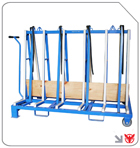
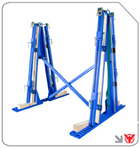
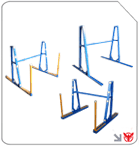
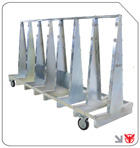
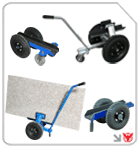
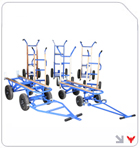
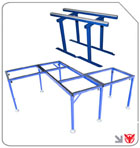
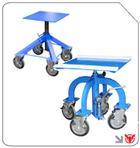
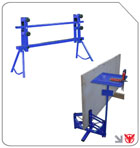
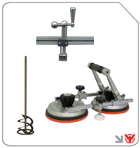

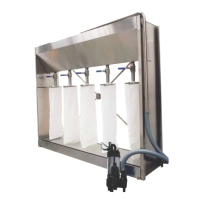
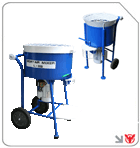
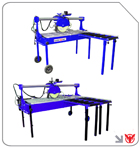
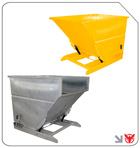
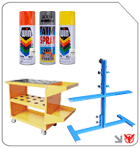
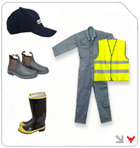
Follow us on: